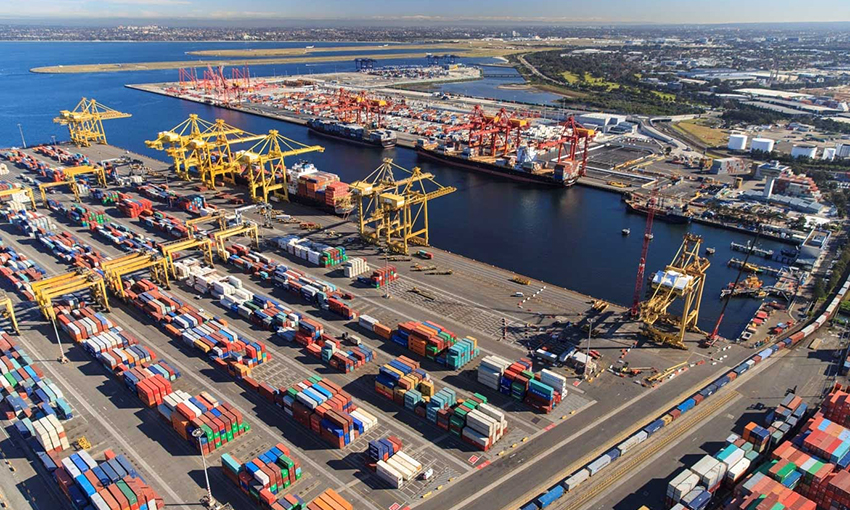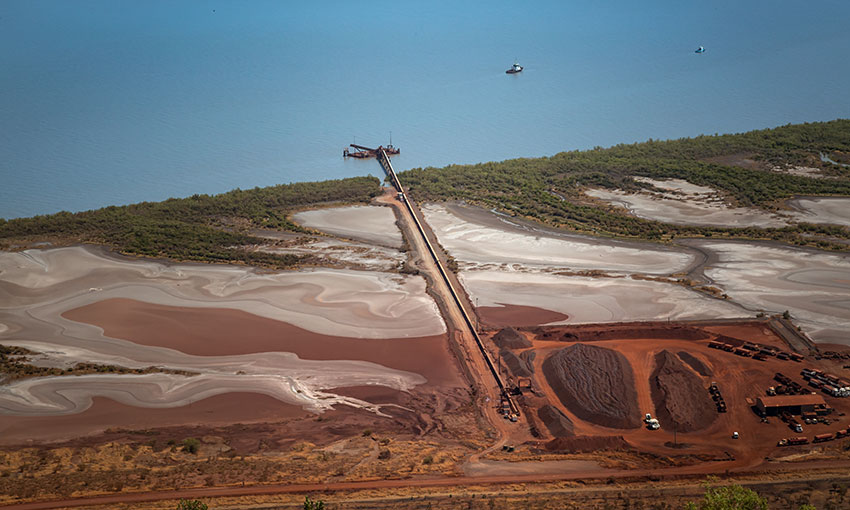COMPONENTS of the Port Botany Landside Improvement Strategy have helped bring consistent benefits to port users, the public sector and citizens, according to a cost benefit analysis of the strategy.
The analysis found a benefit-to-cost-ratio of 2.52, with benefits outweighing costs to an estimated $100 million over 10 years from 2021 to 2031.
The analysis, carried out by Castalia Strategic Advisors, was undertaken to inform the PBLIS, as well as the ongoing Independent Review of the Ports and Maritime Administration Act (PAMA Act), which Transport for NSW announced in November.
The PBLIS, introduced in 2010, aims to encourage the landside supply chain at Port Botany to operate efficiently. The strategy is set up to achieve this goal through regulatory and operational interventions that apply to the three container stevedores and myriad road carriers that operate at the port.
The cost-benefit analysis concluded that the key benefits of the PBLIS arise from reduced traffic congestion and emissions due to the removal of heavy vehicles from the roads around the port. This was achieved through the provision of a truck marshalling area with a waiting area for heavy vehicles, enabling road carriers to manage booking slots without congesting public roads.
The report also said, “There appears to be evidence that congestion in the port precinct is minimal, despite growth in truck movements and that there is no material spill-over of traffic into the adjacent residential areas”.
The analysis also found that there has been a limited shift towards 24/7 logistics operations. However, it pointed out that there were many factors that contributed to the limited nature of the shift, and it may not reflect a lack of success from the PBLIS interventions.





